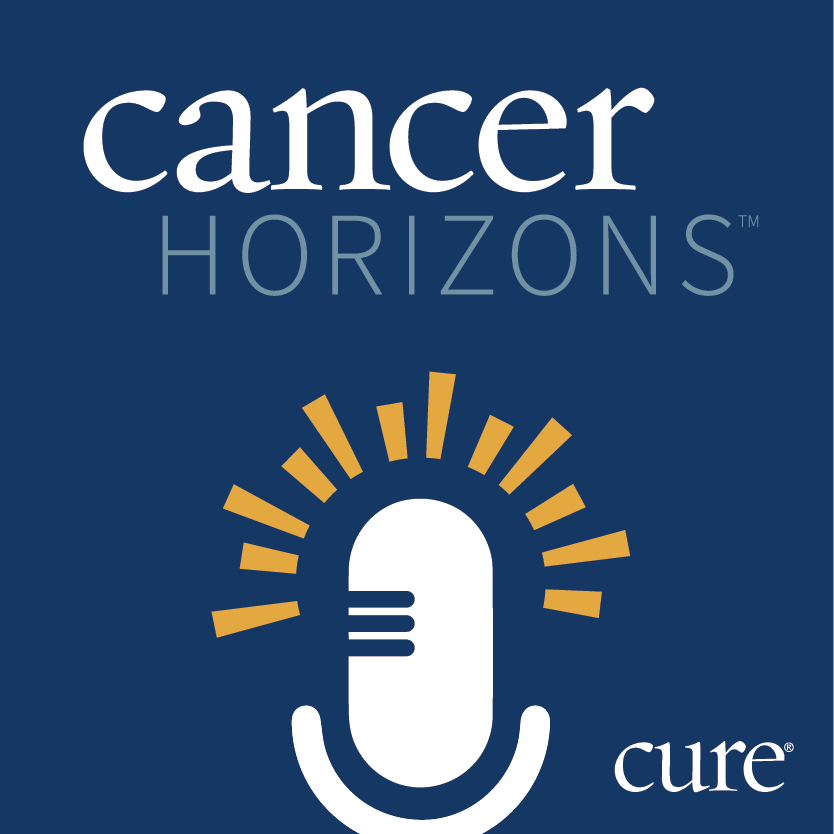For patients with intermediate-risk prostate cancer (IRPC), external beam radiation therapy (EBRT) with or without short-term neoadjuvant androgen deprivation therapy (STAD) elicited 15-year survival, according to a study presented in a poster session at the 2025 ASCO Genitourinary Cancer Symposium.
Glossary:
Cancer-specific survival (PCSS): percentage of patients not dead from cancer.
External beam radiation therapy (EBRT): radiation treatment targeting tumors.
Short-term neoadjuvant androgen deprivation therapy (STAD): temporary hormone therapy before treatment.
Freedom from biochemical failure (FFBF): no PSA increase after treatment.
Overall survival (OS): percentage of patients alive over time.
Prostate-specific antigen (PSA): protein used to monitor prostate cancer.
Gleason group: system grading prostate cancer aggressiveness.
Data from the trial revealed that at a median follow-up of 12 years and a maximum of 19.8 years, the 15-year prostate cancer–specific survival (PCSS) rate was 91% for patients with IRPC undergoing STAD plus EBRT and those receiving EBRT alone. Additionally, the 15-year overall survival (OS) rate was 53% for those undergoing STAD plus EBRT and 51% for those undergoing EBRT alone.
Additionally, the metastasis-free survival (MFS) rate after 15 years was 85% versus 83% in the STAD/EBRT and EBRT arms, respectively. Furthermore, the 15-year freedom from biochemical failure (FFBF) rates were 52% and 49% in each respective arm.
“After 15 years of follow-up, [patients with] IRPC treated with STAD [for six months with or without] EBRT [at] 73.8 Gy experienced a PCSS [rate] of 91%, despite a high prostate-specific antigen [PSA] failure rate of 49% to 52%,” Dr. Barry W. Goy, radiation oncologist at Kaiser Permanente Los Angeles Medical Center, wrote in the poster. “It is unclear if six months of STAD in addition to EBRT can improve PCSS or OS for IRPC, or just merely delay PSA progression.”
Patients with IRPC (566 patients) were enrolled and treated from 2004 to 2007 with EBRT at a median dose of 7380/180cGY to the 98% prostate isodose. Of those patients, 336 were given leuprolide for a median duration of six months, and the remaining 230 were treated with EBRT alone. FFBF was defined by a PSA nadir greater than 2 ng/ml.
Additional data from the study showed that the 10-year PCSS rate was 96% in patients who underwent STAD plus EBRT versus 98% in those who underwent EBRT alone at a dose of 73.8 Gy after a median follow-up of 12 years. Comparatively, a previous study published in JAMA, which enrolled 206 patients with localized, unfavorable-risk prostate cancer, showed an approximately 94% 10-year PCSS rate with STAD plus EBRT versus approximately 81% with EBRT alone. Patients on trial received 70 Gy of EBRT for a median follow-up of 7.6 years.
Furthermore, in a separate trial published in the New England Journal of Medicine, which enrolled and assigned 1979 patients with stage T1b, T1c, T2a and T2b prostate adenocarcinoma and a PSA level of 20 ng/ml to receive either EBRT alone (992 patients) or EBRT with STAD for four months (987 patients). At an EBRT dose of 66.6 Gy and a median follow-up of 9.1 years, the 10-year PCSS rates were approximately 97% in the EBRT plus STAD arm and approximately 89% in the EBRT alone arm.
Multivariate analysis revealed that side effects were greater in the STAD group than those who underwent EBRT alone. Notable clinical factors included clinical stage, inactive PSA and Gleason group.
Additionally, a previous study presented by Goy at the 2018 ASCO Genitourinary Cancer Symposium showed that of 574 patients who underwent EBRT at a median dose of 75.3 Gy, the 10-year FFBF rate was 58.8%. This matched the 10-year FFBF rate for those undergoing radical prostatectomy (819 patients) and was numerically lower than those undergoing brachytherapy (110 patients).
References:
- “Fifteen-year outcomes of external radiation with or without six months of neoadjuvant deprivation therapy for intermediate risk prostate cancer,” By Dr. Goy BW, et al. J Clin Oncol.
- “Androgen suppression and radiation versus radiation alone for prostate cancer: a randomized trial,” By Dr. D’Amico AV, et al. JAMA.
- “Radiotherapy and short-term androgen deprivation for localized prostate cancer,” By Dr. Jones CU, et al. N Engl J Med.
- “Ten year treatment outcomes of radical prostatectomy versus external beam radiation therapy versus. brachytherapy for 1,503 patients with intermediate risk prostate cancer,” By Dr. Goy BW, et al. J Clin Oncol.
For more news on cancer updates, research and education, don’t forget to subscribe to CURE®’s newsletters here.





